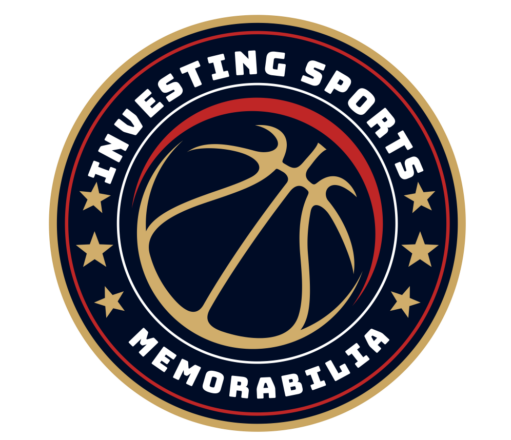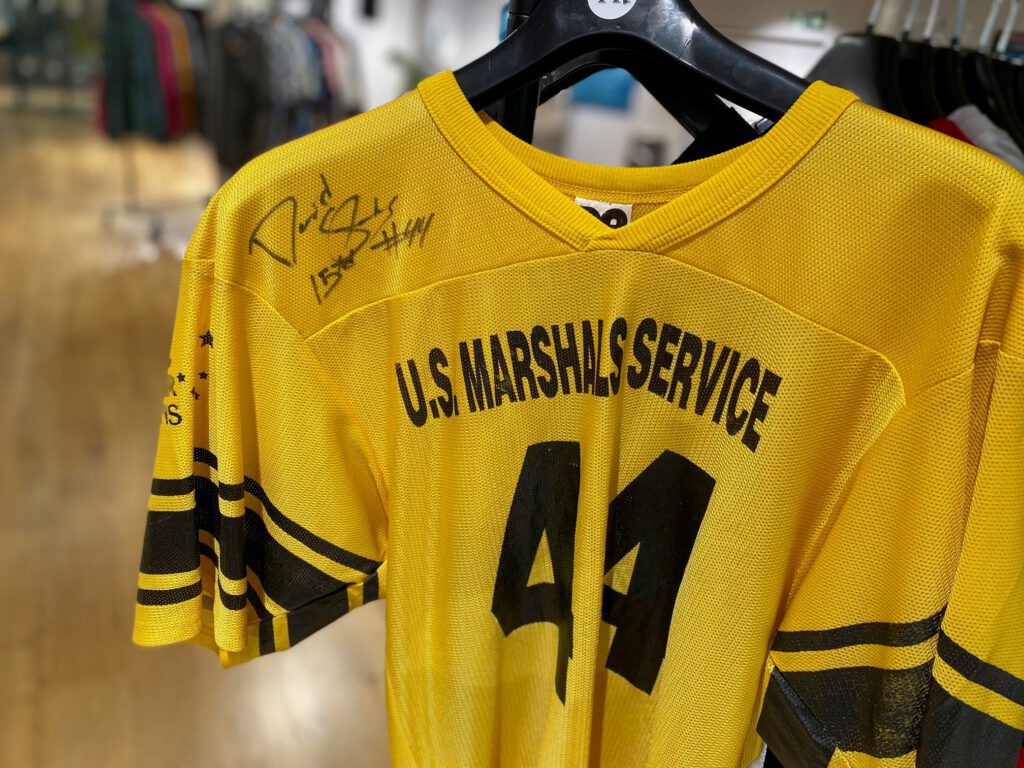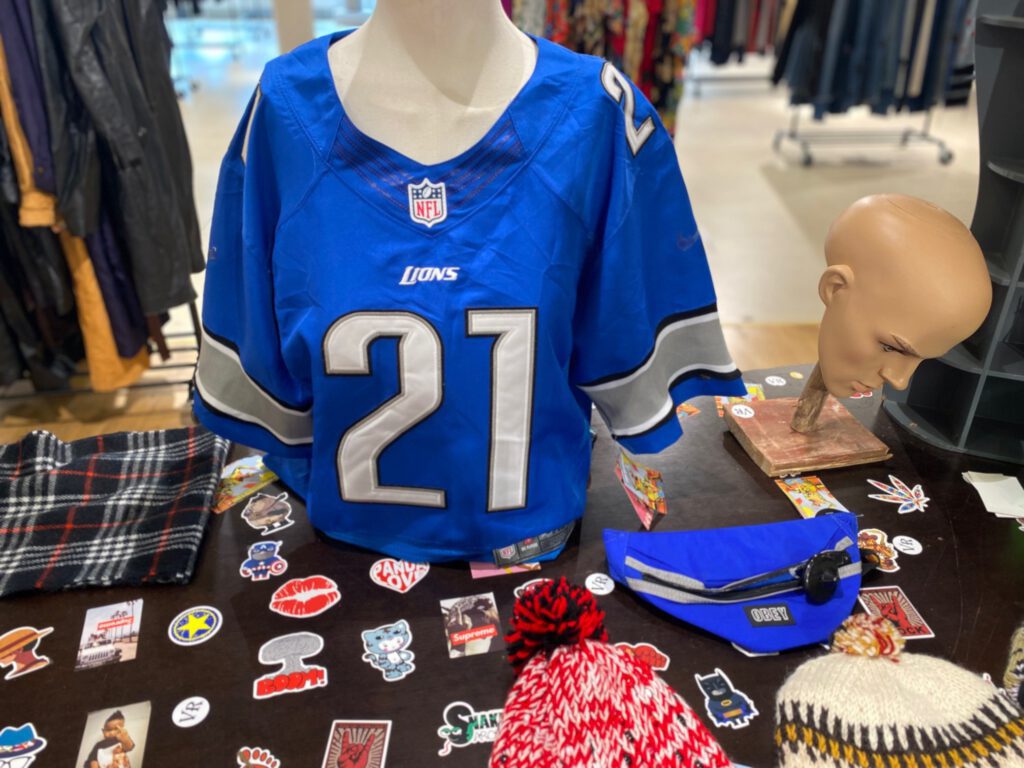Want a simple, repeatable way to make money with baseball cards heading into the 2026 MLB season? Here’s a straight-shooting plan: buy when the hobby cools off, target hype catalysts (especially first call-ups), stick to the right cards, and sell into preseason demand. No guarantees—this is a market—but this approach has worked consistently for me.
The Seasonal Edge (a.k.a. Your Built-In Arbitrage)
Prime buy window: October to December. Holiday spending pulls cash out of the hobby, prices soften, and sellers accept less. That’s when I load up. Prime sell window: January to March. As spring training storylines heat up, demand and hype return. List aggressively and take profits before Opening Day volatility. The rule is simple: don’t tie up money deep into the season hoping for on-field heroics. You’re trading hype cycles, not performance.
What to Buy (and What to Avoid)
If you’re buying cards already graded to hold a few months, target Bowman Chrome 1st autographs in true colors like Blue /150, Gold /50, and Orange /25, along with refractors and clean on-brand parallels. Non-auto Bowman Chrome can work if the color is right and the population is low. Avoid off-brand inserts, second-tier products, and novelty parallels that collectors don’t chase long term. If you’re grading raw, do it only when the surface and centering are strong, when you’re buying at a discount compared to recent comps, and when you have a clear timeline and grading lane.
The 2026 Angle: Chase First Call-Up Hype
Your best upside isn’t in the already-great MLB names like Judge or Ohtani. The bigger flips tend to be AA or AAA prospects with a strong chance of a spring or early-season call-up. Prices often rise before these players even reach the majors because demand spikes ahead of exposure. I’m currently watching Justin Crawford with the Phillies for his big-market boost and name recognition, Bryce Eldridge with the Giants for his middle-of-the-order upside, Lazaro Montes for his power potential, Termarr Johnson for his pure hit tool, Harry Ford with the Mariners for his athleticism and positional flexibility, Charlie Condon for his ceiling and storylines, Spencer Jones for his athletic build and power, Carter Jansen as a call-up timing play.
Chase Detor as a name that could gain momentum, and Tommy Troy for his realistic 2026 opportunity. For all of them, focus on Bowman Chrome 1st autos in Blue, Gold, or Orange, and clean, low-pop refractors.
Case Study Mindset: Buy the Boredom, Sell the Buzz
The goal isn’t to find who’s best but who’s most likely to get attention next. Buying during quiet periods when no one’s talking and selling when headlines hit has consistently paid better than waiting for performance to catch up.
Grading: PSA vs SGC and How to Keep a Cycle Going
PSA is the default lane because it delivers the strongest resale, especially on Bowman Chrome 1st autos. SGC makes sense only when your bankroll is small and you need faster turnaround to keep cash flowing, or when a card looks borderline for a PSA 10 since SGC 10s can be slightly easier to hit. To keep a healthy cycle, source weekly from October to December, buying roughly seventy to eighty percent already graded and ready to list, and twenty to thirty percent raw with high 10 potential.
Submit cards in staggered batches, use faster or higher tiers for your best cards where the PSA 10 premium justifies it, and send a small portion to SGC if speed is critical. List cards in waves from January to March instead of dumping everything at once, using camp reports and early storylines to time demand. Reinvest proceeds into late-winter or early-season dips, but avoid holding too far into the season.
Holding vs Selling: The Preseason Rule
If you bought in the offseason and your card is up twenty to forty percent by February or March, sell. Predictable, bankable gains are better than gambling on a breakout. The exceptions are rare and usually obvious—massive role changes or clear Opening Day opportunities.
If you’re also flipping Pokémon such as Black Vault or White Flare SIRs, avoid buying raw in the first few weeks after release when prices are still inflated. Track PSA 10 and 9 rates. If a card grades 10 at a high rate and 9s hold near break-even, it’s a strong candidate for faster grading services. To speed up turnaround, send directly to the grader instead of through middlemen and use faster tiers only when the 10 premium clearly covers the fee.
Risk Controls That Actually Protect Profits
Cap your exposure per card so a single miss doesn’t wipe out multiple wins. Inspect centering and surface carefully before paying up for raws. Decide your target sell price before you buy. Don’t chase outlier comps that are too high to be real market indicators. Stick to liquid lanes—Bowman Chrome 1st autos in true colors remain the easiest to sell.
Weeks one and two in late fall: choose three to five prospects and buy Blue, Gold, or Orange autos or clean refractors near yearly lows. Weeks three to six: submit your best raws to PSA and a small batch to SGC for speed, while continuing to buy graded cards on dips. Weeks seven to ten in January: list early wins at Buy It Now with Best Offer and update titles as spring stories develop.
Weeks eleven to twelve in February and March: take profits, reinvest into the next hype window, or keep a small portion only if a call-up looks certain. You don’t need to find the next superstar. You just need to buy quietly, own the right cards, and sell into the noise. Keep your process boring, and your profits won’t be. None of this is financial advice—markets move and prospects miss. Manage risk, plan exits, and keep cycling your capital.


